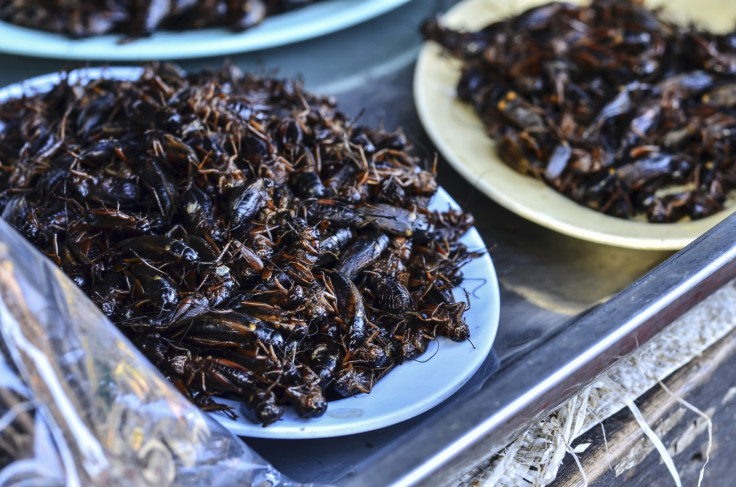Is cockroach milk the new superfood?
The protein rich liquid is said to have four times more nutrients than cows' milk.
It might not be as enticing as a fresh kale and ginger smoothie but cockroach milk is set to become the next super food, according to findings from scientists in India.
The research shows that cockroach milk is a protein-rich wonder product that is four times as nutritious as cow's milk with a unique protein structure. This can only be produced by the Pacific beetle cockroach who are the only type of the species that give birth to live offspring.
Obviously cockroaches are not mammals and therefore the liquid in question, called Diploptera punctate, is not 'true' milk but is a formula secreted by cockroaches to feed their young. The 'milk' contains protein crystals that feed the embryos before they are born.

It is the protein crystals that have got the scientists very excited, as Sanchari Banjeree, one of the authors of the research paper, told The Times of India: "The crystals are like a complete food — they have proteins, fats and sugars. If you look into the protein sequences, they have all the essential amino acids." In fact, there is three times the amount of energy found in the same amount of buffalo milk (which is also higher in calories than dairy milk) as in a single protein crystal.
Cockroaches are infamous for their ability to thrive in any condition surviving without food for a month, therefore it makes sense that they could produce a formula as protein-rich as this. The crystals are especially unique as they release protein at the same rate as the solution is being used up when digested.

However, milking one cockroach at a time is not a particularly time friendly task, there the researchers at the Institute of Stem Cell Biology and Regenerative Medicine, who have led the study, have researched a way to replicate the crystal formulas in the lab in order to possibly create protein supplements with the same properties. Now that they have the initial sequence they are hoping to use yeast to reproduce the crystals in much larger quantities.
"It's time-released food," explained Ramaswamy, adding "if you need food that is calorifically high, that is time released and food that is complete. This is it". For this reason, harnessing a way to replicate the protein formula found in these crystals could be an incredible way of providing nutrients rich supplements for the future when current farming methods become unsustainable and protein must be sought elsewhere.
It might not sound like something you are ever going to want to pour on your cereal but it could be a game changing discovery in providing protein when there is a food shortage.
You can read the full study here.
© Copyright IBTimes 2025. All rights reserved.






















